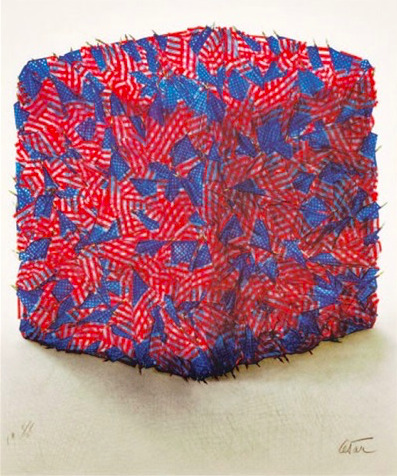Biography
César Baldaccini, called César, was an important French sculptor of the Nouveau Réalisme. While he is virtually unknown under his surname, he is world famous as “César”. He also created the César, the trophy of the French Film Prize.
In 1961 César joined the loose artist association Nouveau Réalisme, which had been founded in Paris the year before. The art critic Pierre Restany regarded the “New Realists” as a programmatic group under his intellectual direction. The 39-year-old César had already made a name for himself at international exhibitions with his sculptures made of welded scrap iron: in 1956 at the Biennale di Venezia, in 1957 at the Biennale of São Paulo and the Biennale in Carrara as well as the Hanover Gallery in London, in 1958 at the Carnegie Institute in Pittsburgh and at the World Exhibition in Brussels, in 1959 at the documenta II in Kassel (he was also at the documenta III in 1964 and at the 4th documenta in Paris in 1959). documenta III in 1964 and at the 4th documenta in 1968) and at the Galerie Claude Bernard in Paris, where the vernissage visitors clogged up the Rue des Beaux Arts. His reputation as a chic clown grew in proportion to his artistic reputation in geometric progression. His southern temperament sprays out of all his pores, wrote Pierre Restany about his role in the Parisian cultural ghetto of the late 1950s.
By pure coincidence, he joined the younger Nouveaux Réalistes with his compressions and signed their manifesto afterwards, as there was a common idea about the direct appropriation of reality. While critics doubted the art status of the industrially pressed car wrecks, it was only through Restany that he realized that the compressions fulfilled all the conditions of the “object” and that a progressive line from Duchamp’s 1913 bicycle wheel to the hydraulically crushed cars of 1960 led from the ready-made to the objet-plus as the ‘most modern gesture of the sculpture of the century’ (Restany).

